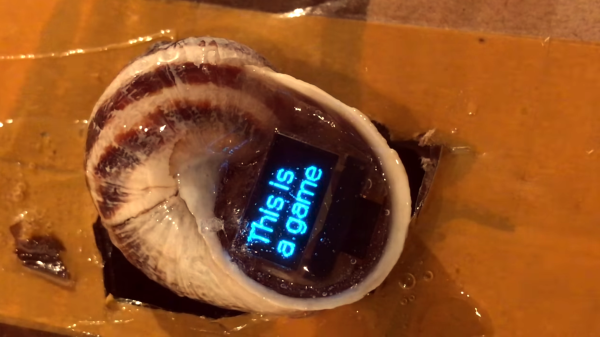Randonauting is the pastime of using random numbers to generate a destination to visit, in the pursuit of adventure. Of course, anything that can be done on a website with a script is even cooler with custom hardware, so [Decker] built a rig for the job.
The device uses a USB hardware random number generator to produce truly random numbers through quantum effects; at least, according to our best theories of the universe. These numbers are then used to pick a random set of GPS coordinates and a time in which to be there, a fun twist on traditional Randonauting of [Decker]’s own creation.
At its heart, it’s a random number generator pumped through some Python scripts. Where this build elevates itself is not in the mechanics, but the presentation. The rig runs on a Raspberry Pi, inside a bell jar, with a vacuum fluorsecent display, fairy lights and plumbing components. It plays on the cyberpunk aesthetic, and it’s so much harder to ignore one’s mission when the time and place are given in glowing numerals by an enigmatic, mysterious machine.
It looks like great fun, though beware the dangers of randonauting – some participants have found more then they bargained for. It’s not dissimilar to the old geohashing craze. Video after the break.
Continue reading “Randonaut Device Tells You Where To Be And When”















